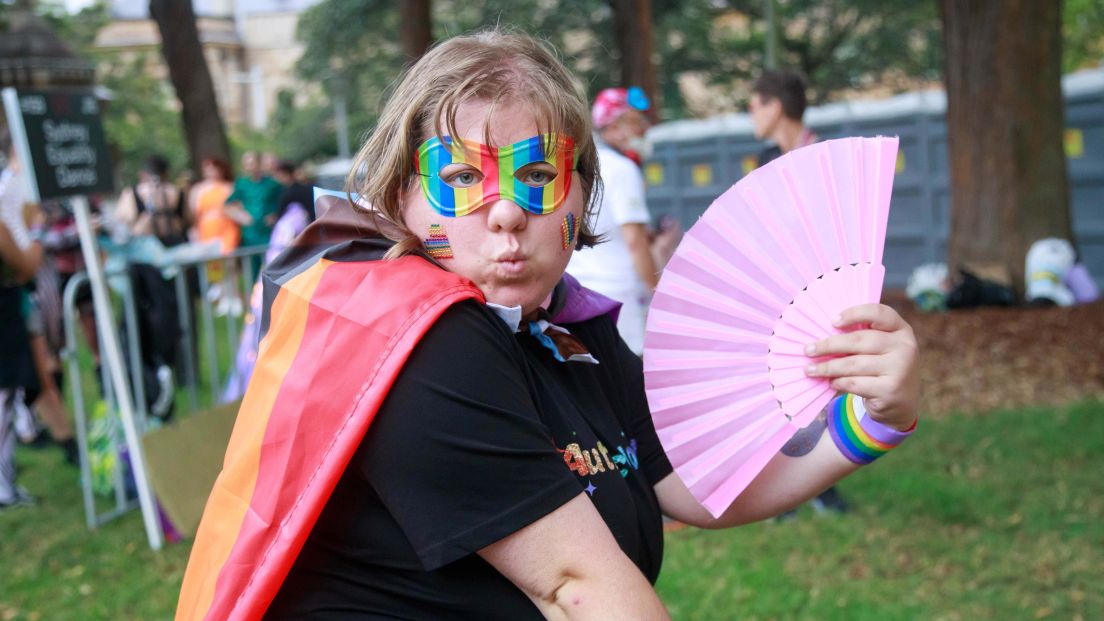Is autism really on the rise? It certainly looks that way – the news is full of stories about increasing numbers of children in schools, funding for people on the autism spectrum blowing the NDIS budget (NDIS budget under strain with boom in autism diagnoses) and autism numbers in government surveys increasing exponentially over the past ten years. (Australian Bureau of Statistics Prevalence of Autism )
Everyone knows someone who knows someone on the autism spectrum it seems, yet who of us over 50 can recall ever hearing the word autism in the 60s or 70s. How can this be? Is there something going on that is causing autism to occur in ever increasing numbers or are we just recognising autism more easily and applying this term more readily? This question has been difficult to answer, however recent research both in Australia and overseas is shedding light on what may be accounting for much of the increase in people being diagnosed with autism.
Autism cannot be diagnosed via blood tests, brain scans or any other physical test. Instead, a professional, usually a paediatrician or psychologist, will meet with the child, talk with the parents and teachers and gather information about the child’s behaviour at home and at school or pre-school. They then compare that information to an agreed set of diagnostic criteria, a kind of “autism checklist” which is reviewed every 10 to 15 years (CDC - Diasgnostic Criteria). In the case of autism, this set of criteria has changed substantially over the years, listing more behaviours that are considered to be indicative of autism and also including descriptions of subtler symptoms that previously may have been overlooked. In essence, the diagnostic “net” has become wider and finer.
The end result is that many children who would be diagnosed with autism today would not have been diagnosed with autism 15 years ago. My son is a clear case in point. He is 21 years old and is clearly on the autism spectrum as we understand it today but this was not picked up in his preschool years despite being seen on two occasions by a very well regarded assessment team. However, knowledge and awareness of health and education professionals has increased since then and I am pretty confident that if we could teleport that same assessment team back to 1999 to reassess my 3 year old son they would recognise his autism this time around.
Recent research exploring possible reasons for the increase in diagnostic rates also points to the same explanation. One study in Western Australia found that the proportion of children diagnosed with autism who were rated as having no “extreme” symptoms over a six year period increased from 58.5% to 86.6%. (Evidence of a reduction over time in the behavioral severity of autistic disorder diagnoses) indicating that clinicians were more likely to diagnose individuals displaying less severe symptoms over time. A recent Danish study found that females, adults, and those with Asperger’s Disorder and atypical autism accounted for most of the observed increase in diagnostic rates over a 16 year period. The researchers concluded that increased awareness of how autism presents in adults, females and in those without classic forms of autism was a likely explanation (Time Trends Over 16 Years in Incidence-Rates of Autism Spectrum Disorders Across the Lifespan Based on Nationwide Danish Register Data).
So the “autism epidemic” in most likelihood does not represent an epidemic at all, rather our understanding of autism has improved. Back in the 60s and 70s we may have labelled them as “odd”, “eccentric” or “minimally brain damaged”. Some may argue that we are “labelling” kids too easily – that these children with what might be considered to be milder forms of autism should not be diagnosed at all. That an autism diagnosis is some kind of fad label that parents will go “doctor shopping” for in order to get funding. But “mild” is a term to be used carefully: their autism may be mild when compared to others on the spectrum and there are certainly children who are much more affected by their autism than others and have higher support needs. I recently heard someone say that people with severe autism have their abilities underestimated and people with mild autism have their abilities overestimated. I think this holds very true. Individuals with “mild” autism still have challenges and need supports if they are to reach their potential.
In fact, that is the next chapter in the autism story. In the past, it was very much about identifying children on the spectrum and then working hard to try and make them appear as “normal” as possible. The focus is now turning to understanding them as individuals, supporting them with their challenges and working with their strengths and interests to give them the best chance for their best life. Sometimes it just takes some flexibility and thinking outside of the square to make it easier for someone on the spectrum to join in with family and friends and the community around them.
Vicki Gibbs
Clinical Psychologist, National Manager
Aspect Research and Assessments
Autism Spectrum Australia (Aspect)


